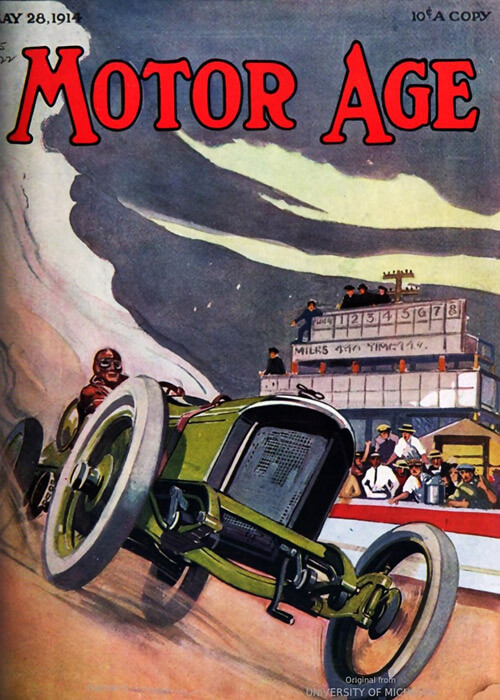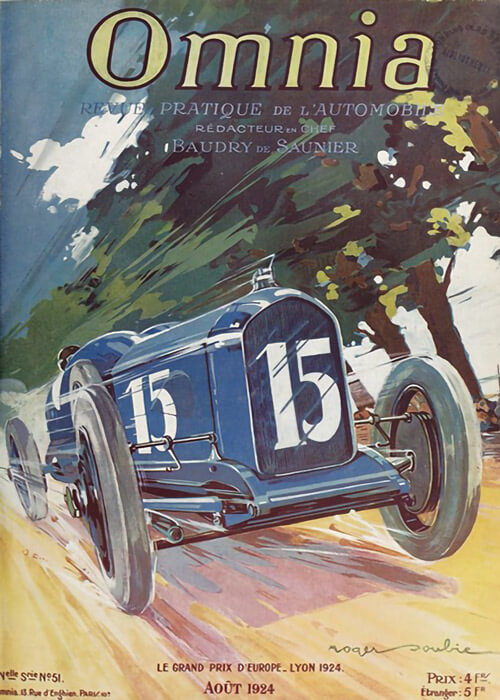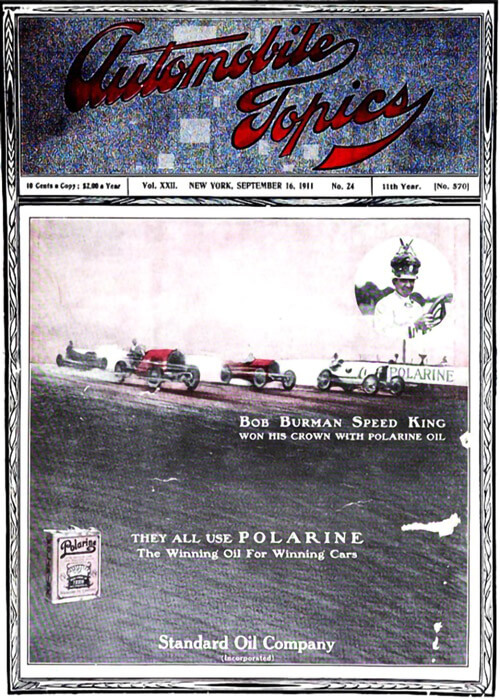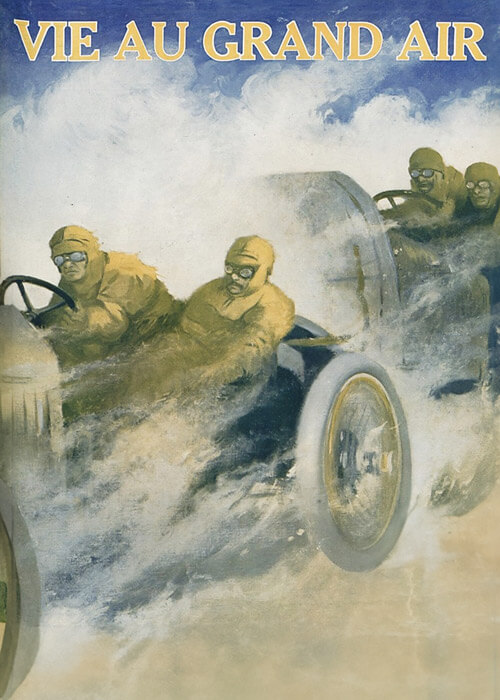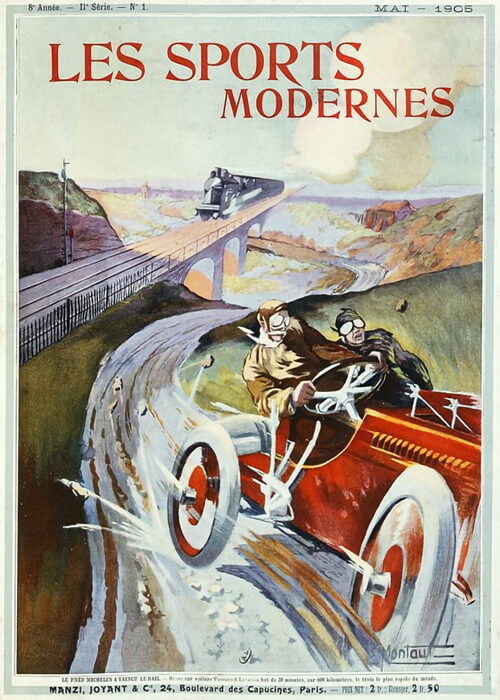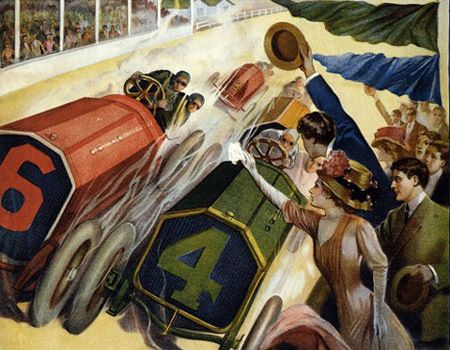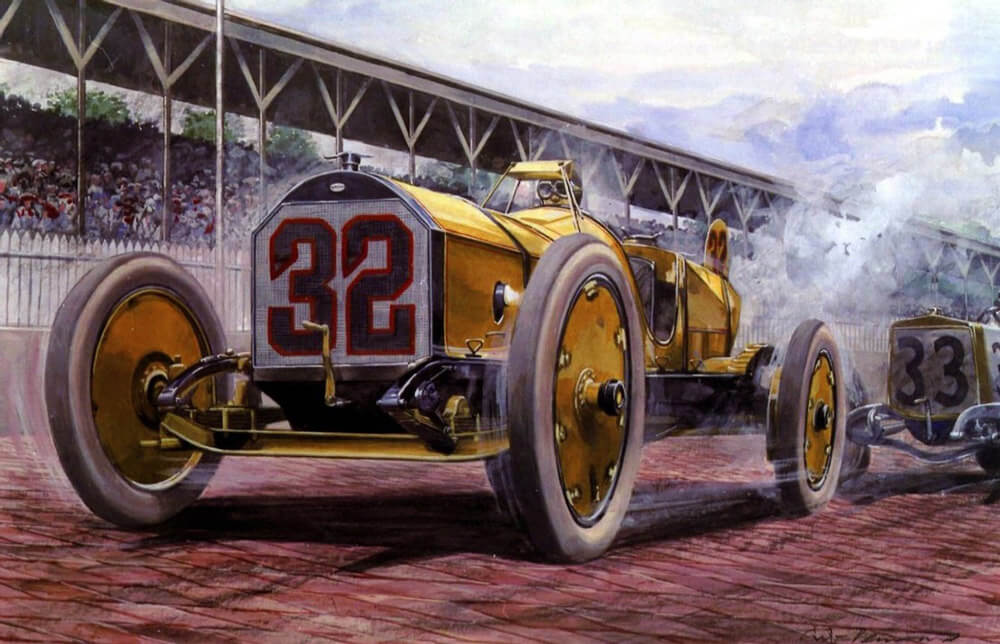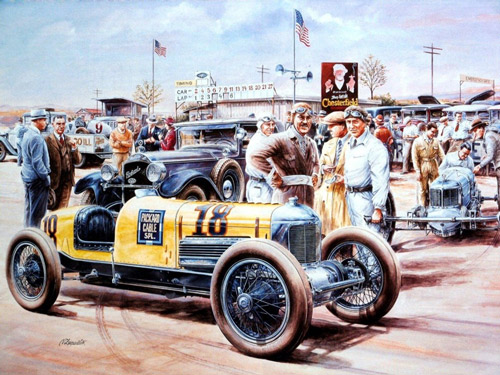Indianapolis
The Indianapolis Motor Speedway: Institution in sports and motor racing
The Indianapolis Motor Speedway is most of all the brainchild of local businessman Carl Fisher. As early as 1905 he envisioned a testing ground where the local car builders could test their products and inventions properly before selling them to the public. At that time Indianapolis was the center of the automobile society in the USA. But before Fisher turned the idea into a reality?
The rumor is that after already having spoken about such a plan, on one occasion he was let down by his then current car yet again. When not hiding his anger about that, his fellow passenger reminded him about the plan of building a testing ground not been carried out yet. Supposedly that was the last motivation Carl needed.
Another argument for building a testing facility was that the track could be used for racing purposes as well in a much more organized and beneficial manner for audience and profitable for the organizers.
Fischer found 3 partners with whom he founded the Indianapolis Motor Speedway Corporation in March 1909. Their names were James A. Allison, Arthur C. Newby and Frank H. Wheeler. Some 6 miles outside the center of Indianapolis they located a suitable piece of property that was large enough to create a rectangular oval of exact 2.5 miles. Plans for a 3-mile distance had to be cancelled to have enough room for grandstands around the track. Though it was envisioned to create a large infield loop with some swooping highspeed corners as well. Once the work on constructing the oval began in March 1909 that infield loop was cancelled.
The finished track consisted of two straights of 0.625 miles length, and two short chutes of 0.125 miles each. These four straights were connected by 4 turns of 0.250 miles each, all of them with a 9 degree and 12 seconds banking. One of the interesting landmarks to deal with at the property was a little creek. Eventually this creek entered the track near the end of the front straight and the entry of turn one, running at the inside of Turn One and leaving the track near the end of Turn One.
The track surface consisted of what very simply could be described a mixture of tar and crushed stone. The surface wasn’t ready yet when the track held its first event three months later in June! But that really didn’t matter that much since it was a balloon race for which the track was used as starting point. But many potential spectators realized that they could see the balloons in the air outside the speedway too so the event failed to attract the number of attendants as at later events. And as a result: for the collectors of memorabilia related with the Speedway: the program of the balloon race is one of the Holy Grails to locate and own.
The first event for powered vehicles of any kind at the new Speedway were motor cycle races planned on the 14th and 15th of August 1909. The second day however, was cancelled due to concerns of suitability of the track for motorcycles. The first concerns about the used track surface.
A mere 5 days later more concerns about the track surface arose during the first day with practice sessions and races with cars. That first day with cars also saw the first fatal accident taking place. With a lot of work the track was prepared for a second day of racing that went by without serious incidents. The 300-mile race the following day however, saw so many accidents related with the track surface coming apart that the event was ended prematurely and sanction body AAA letting Fisher known that without dramatic improvements his new speedway would not be used for racing under AAA sanction anymore.
Fisher and his companions eventually decided on paving the track with bricks instead of asphalt due to concerns about how asphalt would hold up during the cold Indiana Winters. Bricks were more expensive but expected to be way more durable, thus the savings (courtesy less maintenance necessary) would come in the future. Less than a month after those disastrous first car races, the bricklaying started and early December, 63 days since the start, the work of putting over 3.2 million bricks into their place was finished. Tests with cars and bikes were carried out and deemed a success.
During 1910 the Speedway held three different three-day programs with a variety of events over different distances. But soon enough attendance figures were dwindling again. The facility’s availability enabled plenty of events to be organized but also, as it soon appeared: too many to retain interest of the public.
Carl Fisher then came with a radical plan that, on first sight appeared to be a big risk if not taken up by the crowd as hoped for. But his idea: a 500-miles race only once a year, worked as he had envisioned.
Because of that first success and what followed thereafter, you are able to visit this particular home page within the Motor Racing History website as one of the major themes to be presented.
Because Fisher’s risky plan did not work only once, it turned out to be a golden formula that could and was perfected within the following years.
The Indianapolis Motor Speedway first conquered and then occupied its own unique place within the World of motor racing. And certainly in the USA, the success of the Speedway is a large factor responsible for the near total demise of road racing events at both large distance tracks as used in the early years of motor racing as well as the smaller tracks that came in use in later years in Europe. For all its success however, the Indianapolis Motor Speedway did fail miserably in one single aspect.
Due to its shape its use as a testing round was fairly limited and as a testing ground, the track had been little used from the very beginning on. Once the center of the car industry changed over to the Detroit area, its original purpose of being available as a test track facility for the local car industry was gone. Its success within its secondary purpose however, made more that up for that. Eventually even so much that the Speedway’s main founder, Carl Fisher finally would sell off the facilities, partially because of his disappointment about his brainchild not living up to his hopes about it being used for other, more purposeful use than auto racing. August 2025, YKW
More informations can also be gathered on sites like: International Motor Speedway, Indycar
